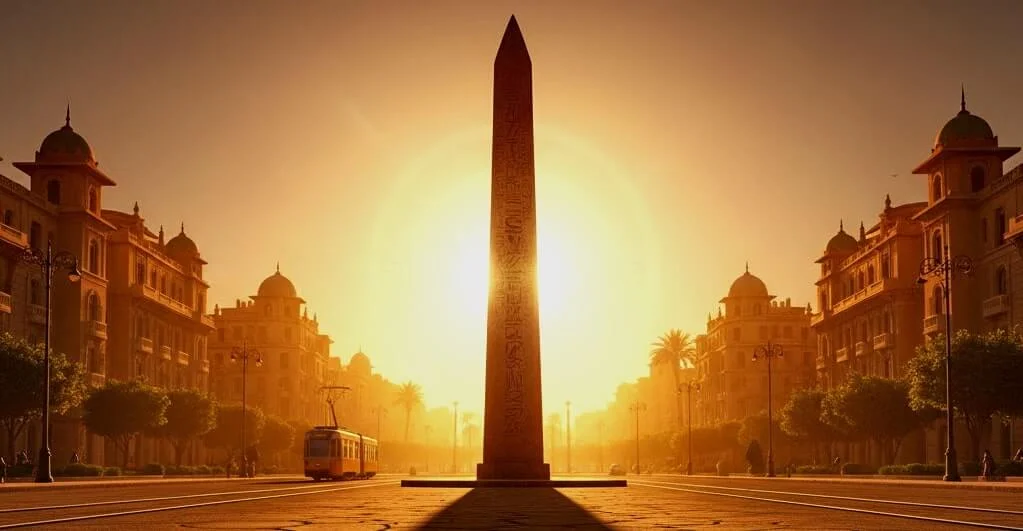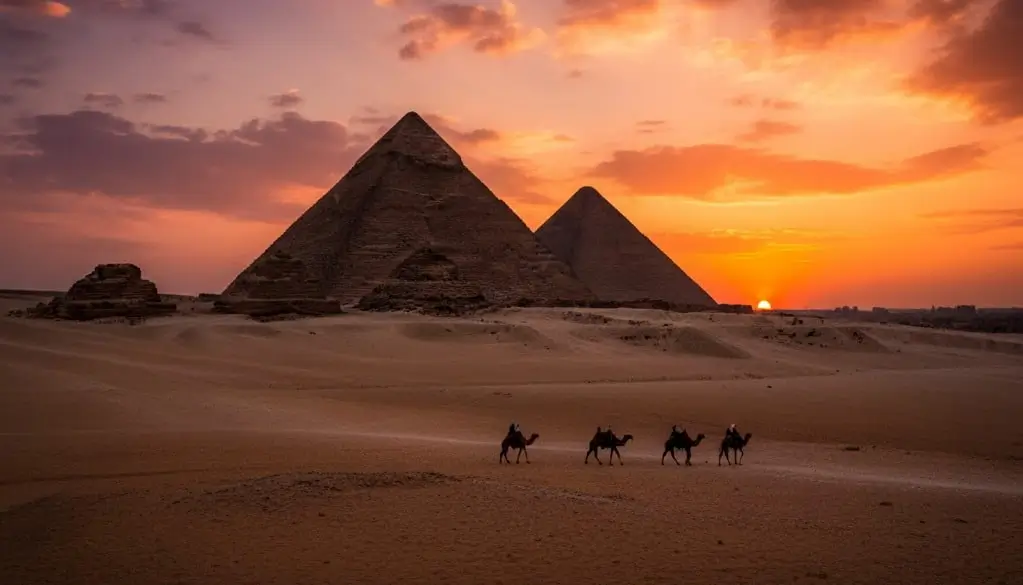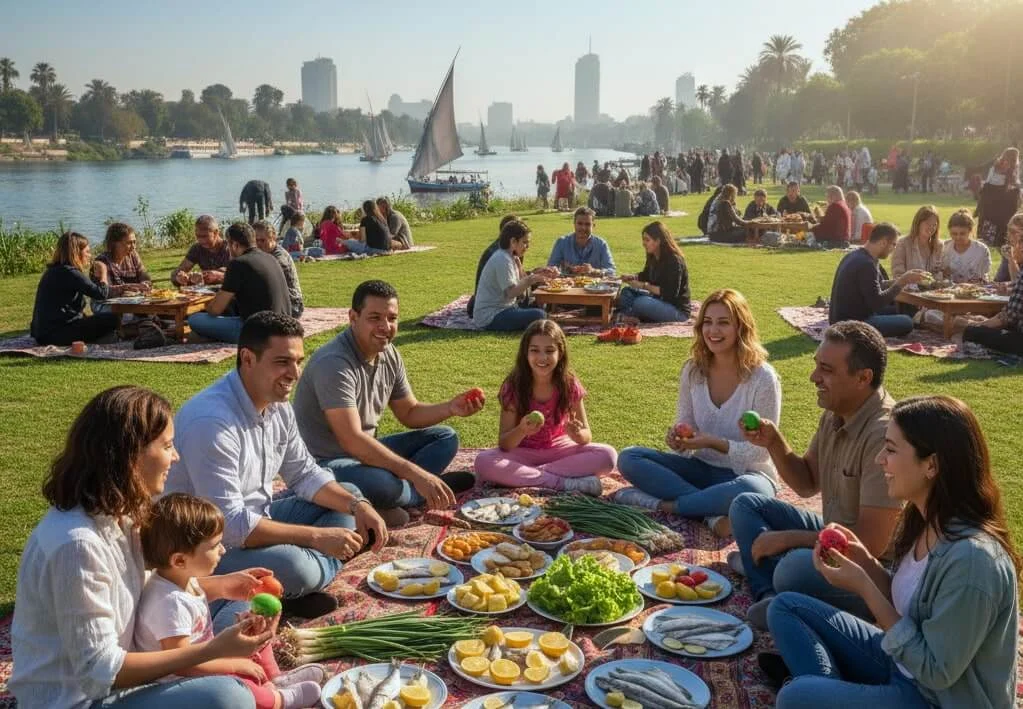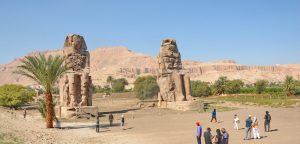Siwa Oasis: A Hidden Gem
Siwa Oasis is a breathtaking region in Egypt. This article provides detailed information about Siwa for any traveler who wishes to explore this beautiful destination. A group of highly knowledgeable tour operators, tour guides, and travel advisors compiled this guide. We often call Siwa Oasis a “slice of heaven.” It is a green patch in the vast Sahara Desert. It is also one of Egypt’s most beautiful and best-kept secrets.
Siwa Oasis is well worth a visit. It offers a mix of hot and cold springs. It has immense sand dunes, rich history, and a fascinating culture. The oasis’s residents have their own distinct language. It is similar to the Zenata and Berber languages. This makes it different from the Egyptian Arabic spoken elsewhere. Siwa’s remote geographical location, environment, and inaccessibility have created a unique community. The culture stands apart from the rest of Egypt.
History and Origins
The Siwa Oasis is ancient and intriguing. It has its own history and culture. Archaeologists there discovered a human footprint. They believe it is three million years old. This makes it one of the oldest ever found.
The name “Oasis” comes from an ancient Egyptian word. It means “palm land.” The name Siwa may link to a Berber group. It may also link to the Asian falcon. This bird of prey was a symbol of the god Amun-Ra. The oasis became famous in ancient times. It was the home of the Oracle of Amun. Alexander the Great consulted it in 331 BC.









